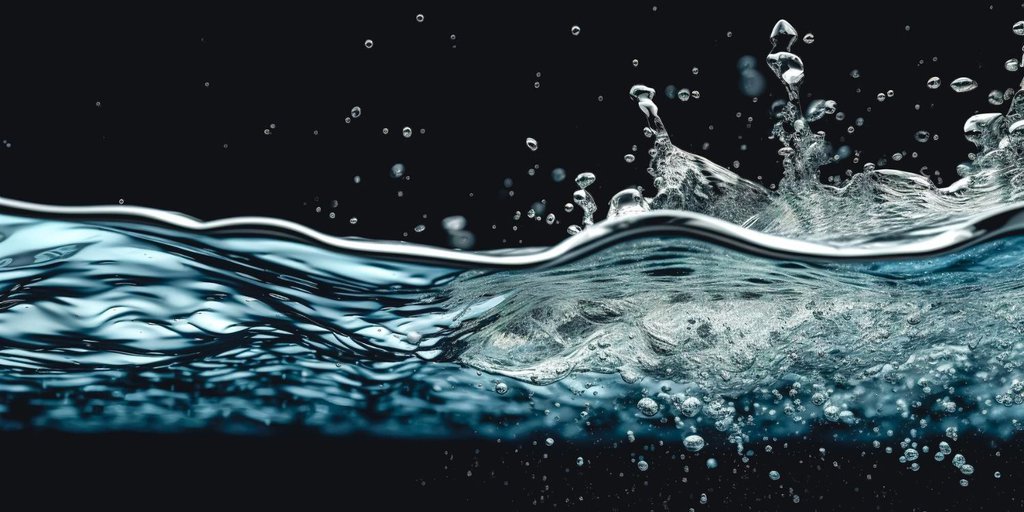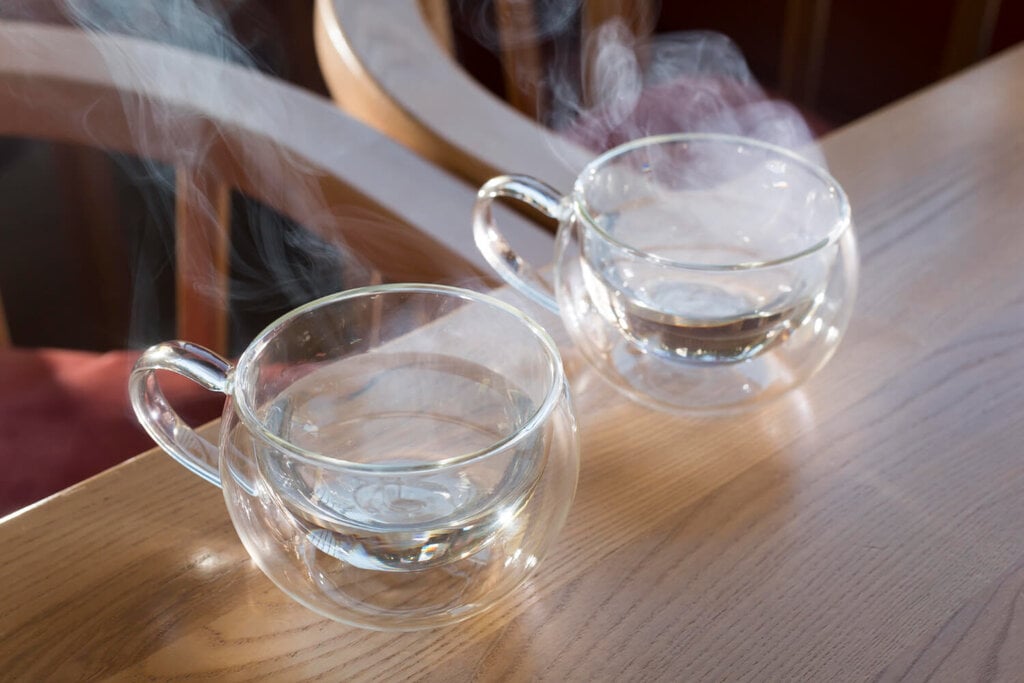
Embark on a fascinating journey as we dive into a peculiar experiment showcasing humans’ knack for telling the difference between hot and cold water just by listening. This captivating study pushes the boundaries of what we thought we knew and provides a glimpse into how our senses interpret the world around us.
Unlocking the Auditory Secrets
Our world is filled with subtle details that we intuitively grasp, even without understanding how we know them. One of these nuances lies in the distinct noises produced by hot and cold water as they cascade.
The human ear can pick up on the subtle differences, allowing us to identify which one deserves a teabag and which can be sipped immediately. If you find this a bit doubtful, fear not; there’s a simple experiment you can try to prove that you possess the skill to differentiate between the two.
Unveiling the Science of Sound
Start by finding a quiet spot to listen without interruptions, ensuring optimal conditions for accurate hearing. TikTok user @curedeggyolk orchestrated a fascinating scientific demonstration involving two glasses filled with water, one hot and one cold.
The challenge is simple: close your eyes and focus solely on the distinct sounds each glass makes as it is poured. The audience is deliberately kept in suspense, with no indication of which glass corresponds to the sound they hear. The revelation comes when viewers are encouraged to watch the video a second time with open eyes to confirm their auditory observations. For this experiment to succeed, discipline is key–no peeking allowed. Focus on the distinct sounds of water being poured and decide whether you can accurately distinguish between hot and cold water just by listening.
Diving Into the Sound of Water
Although hot and cold water generate the same sound frequency when poured, their viscosity differs significantly. Cold water is several times more viscous than hot water, causing them to produce sounds at different intensities. This viscosity disparity results in slight variations in the sounds they create, subtle enough for the human ear to detect. So, by paying close attention to the auditory cues, you can successfully identify whether the poured water is cold or hot based on the unique noise it makes.

Admittedly, the experiment may not be foolproof, as some comments revealed discrepancies in participants’ accuracy. Nevertheless, the learning experience and the added views for the TikToker make it an engaging and educational endeavor.